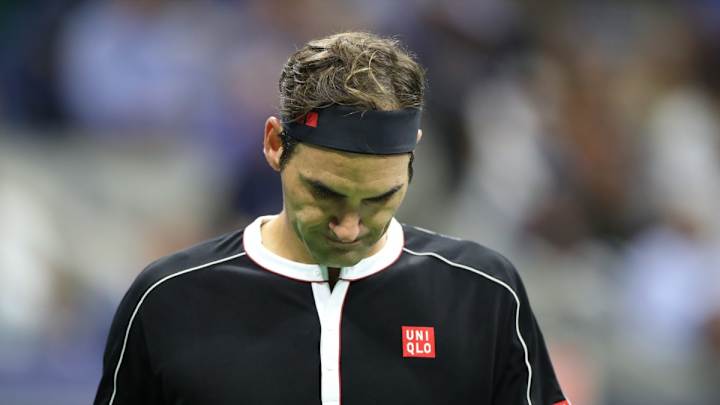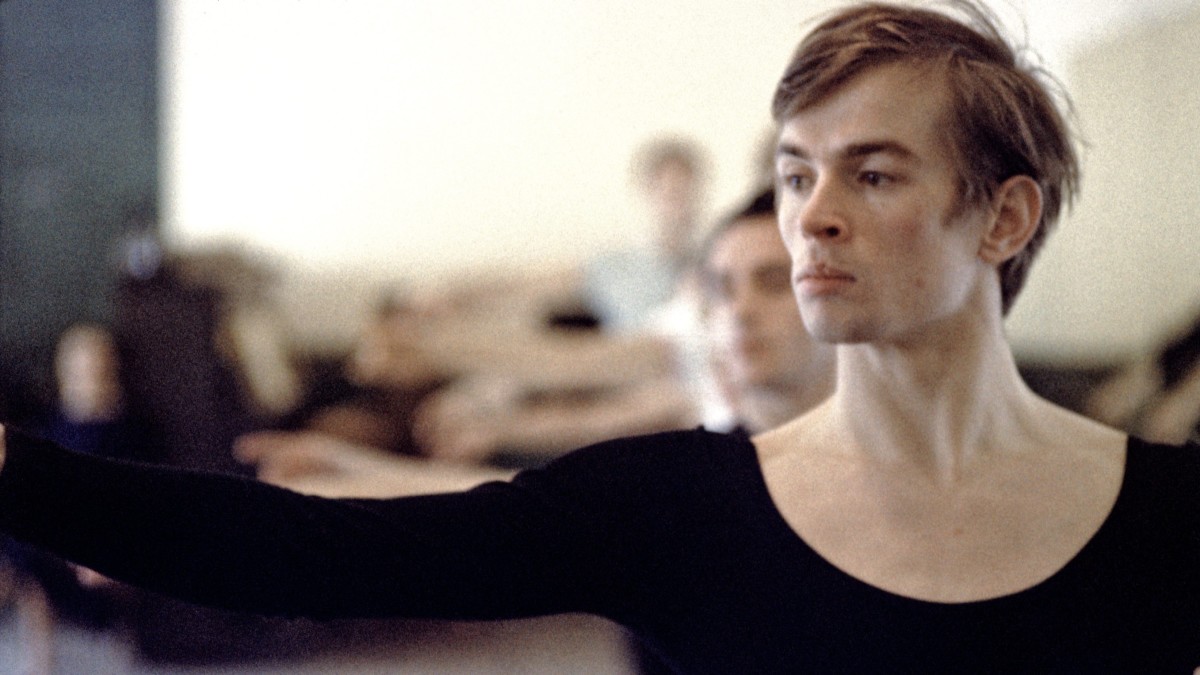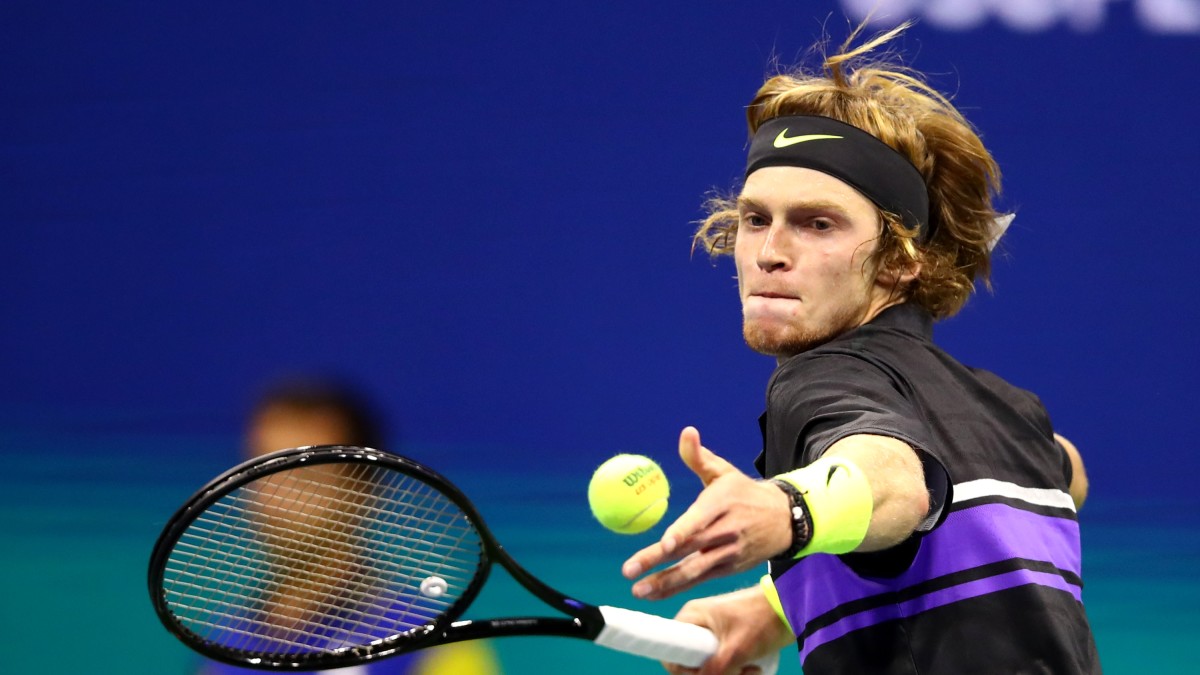Mailbag: Roger Federer's Loss to Dimitrov is the Biggest Upset of This U.S. Open

NEW YORK — Wednesday is mailbag day, and word on the street is there's a pretty significant tennis thing happening right now. So, without further ado...
MAILBAG
Have a question or comment for Jon? Email him at jon_wertheim@yahoo.com or tweet him @Jon_Wertheim.
Jon, what was the bigger upset, Naomi Osaka losing or Djokovic losing?
—Carlito, Brooklyn
• I'll start with the write-in and say last night's result of Dimitrov d. Federer. Six weeks ago, Dimitrov was in Atlanta losing to player ranked outside the top 400. He came to this event playing sub-.500 ball on the year. His first match was on an outer court and there was a fear that Dimitrov—struggling with equipment, struggling with his body, struggling with self belief—was in deep distress. Even after four wins here, he faced Federer, a player against whom he was 0-7. For him to win that match—even with an asterisk for Federer's back injury—marks a seismic result and a seismic upset. Note: Dimitrov won more sets against last night than he did in seven previous meetings combined. And he's won more money here than he did at all other 2019 events combined.
As for your choices...Djokovic, even without shoulder trouble, he was in for a battle royale against Stan Wawrinka. This is one of those quirky tennis stats. Get a load of this H2H: Heading into the match, Djokovic won 19 of their 24 matches. But Wawrinka had beaten him three of the last four times they met in majors. (And the lone Djokovic win was a five-setter.) After Sunday’s match, he has upped that to four of the last five. If you’re to beat Djokovic, you may as well do it at the showcase events.
As fortune would have it, New York has been deprived thus far of a second Sunday FE-DAL appearance. It’s a rivalry as vintage as a 2009 Bordeaux, and why should the Big Apple be deprived of that ? We as tennis fans would deeply appreciate it Jon - can you make some calls and make it happen, por favor ?
—Deepak, New York
• Done. It’s not just that Federer and Nadal have failed to meet in New York. It’s that they’ve met in the other three majors at least FOUR different times. They’ve also met at the last two majors. (Nadal beat Federer in the Paris semis; Federer returned the favor at Wimbledon.) Why not three in a row? We’ll see what we can do.
Editor’s note: This question was answered before Federer lost to Dimitrov on Tuesday night.
The most important grade of all was not mentioned: A++++++++++++ for Naomi Osaka. Defending champ and No. 1 seed showed absolute class and empathy by inviting a tearful Coco to join her for the on-court interview and to also praise Coco's parents. I've been watching/playing tennis for decades, and I've never seen such a heartwarming display of support for a fellow player. Bravo, Naomi! What a class act. Obviously raised well by her parents.
Bravo to Coco, too, for displaying maturity well beyond her years when she said she would learn from this and that she didn't want to seem like she was trying to take the moment from Naomi. Obviously raised well by her parents. The future of women's tennis is bright. These two classy young ladies should teach a course to some of the entitled tennis brats we currently have.
—Nancy Ng, Montreal
• Thanks much. And I agree. The women have really distinguished themselves with spontaneous acts of sportsmanship lately. A culture is contagious.
Forget Daniil Medvedev, by far the best trolling of the tournament so far was ESPN sending out Tom Rinaldi to do the pre-match interview with Kyrgios. His reaction was priceless!
Props too to the U.S. Open for putting Eva Asderaki-Moore in the chair. She’s as good as they get, unflappable and never hesitates to step in when needed. Other than asking “what did I say?”, Kyrgios kept his inner demons in check during his lost to Andrey Rublev. Given that he lost, makes me wonder if he just can’t focus without having an easy target for his anger in the chair.
—Helen, Washington D.C.
• A few of you wrote about that. Tom Rinaldi is bigger than many of us. Question my competence and chops, and I’m not sure I’m ready to make a joke about it a few hours later. As for Eva Asderaki-Moore, I was struck by how…not well-behaved, but almost spiritless Kyrgios was for his third rounder. No antics, no wacky shots, no manufactured conflict. We say it again (with a hat tip to John Mulaney)… we’re not sure what to make of Kyrgios because there’s never been a horse in the hospital before.
Forget Nick Kyrgios, I love the reaction Daniil Medvedev inspires in the crowd. Prior to the Open, my perception of him was that he was a really solid, if uninspiring member of the perpetually unaccomplished “NextGen” class. But his embracing of his Snidely Whiplash role has made him one of the most interesting players in recent memory. This is a guy who definitely knows how to play to a NY audience (I’d love to see how his act would play in Philly) and by owning the crowd’s wrath, I guarantee by the time he exits (or wins) the tournament, the crowd is going to be on his side. Call it petulance with precision and a lot of his contemporaries can take a few pointers from him. Given your insights, what do some of his peers think about how this is playing out?
—Neil Grammer, Toronto
• I’m with you. We’ve asked for years, “Who’s the villain in the cast, the WWE’s equivalent of the heel?” If we have one in Medvedev, so be it. That he backs it up by winning makes it all the more palatable.
This came out a bit in Stevie Johnson’s remarks to Kyrgios. Players don’t tend to mind antics so long as they don’t impact the integrity of the match. If Medvedev wants to taunt the crowd—or, more benignly, Andrey Rublev wants to do this—so be it. It’s when the match turns into a circus that colleagues become upset.
Of all the majors, are the U.S. Open crowds and fans the rudest, or does it just appear that way on TV? While the players are trying to compete, so many spectators are walking up and down during play, getting to seats late, leaving in the middle of games, and generally disrupting matches. Combine this with the unpleasant booing for Djokovi , the venom directed at Medvedev and the New York crowd looks bad.
—Ken Wells, Gardiner, Maine
• I hope someone impressed upon Djokovic that so many of the fans here are casual fans—often on corporate tickets—who don’t understand tennis etiquette or tennis history. It’s late at night on a holiday weekend and alcohol was likely involved. Doesn’t make it right. Djokovic deserved better. But he shouldn’t take it personally. I put that in a different category than booing Medvedev who acted deplorably—snatching a towel and giving a one-fingered salute—and then taunting the crowd.
I always thought the French crowds were the least decorous. “They want to be part of the show,” Martina Hingis once told me.
Trivia fact that you must have remarked but didn’t tweet: Taylor Townsend played back-to-back-to-back Romanians, Simona Halep, Sorana Cirstea, Bianca Andreescu (who represents Canada but has Romanian parents)
—@jackiefasone
• Well played!
I am watching the U.S. Open and have some questions. 1. Why do broadcasters do pre-match interviews? They are a complete waste of time as the players aren't interested in doing them, never show any excitement and don't offer any insight. This particularly annoys me when an actual match could be shown instead. 2. Why do networks do interviews with players in place of showing an actual match? (My thought is that they announce that they are doing an interview with Player X and it can be seen on the website).
—Tim, Atlanta
• Well….how honest do you want me to be? A television network pays a lot of money—like, money they might not be inclined to pay if they had to do the deal today—to an event or a league to broadcast games. That entitles the network to make some requests for “content” in addition to action. And the sports property—happy for this infusion of TV lucre— tries to accommodate these requests within reason. Mid-match player interviews crossed the line. Pre-match interviews are okay. Sure, they seldom offer much. The players are in their zones, they’re often nervous and they want nothing less than to chitchat before taking the court. But occasionally there are some revealing moments.
As for your second point, I also think that interviews during live play can be fine. It depends on the timing; and the guest. If an unremarkable match is early in the set, why not break it up with a spirited Q&A? It’s all in the timing.
Anyone tired of the 5 hour marathons that involve Rafael Nadal being allowed to take an eternity between serves (that in turn make the match a much longer manufactured “epic”) need only to have watched the Monfils-Shapovalov five-set thriller to see how the game should be played when having serve. They barely stopped to take a breath and we the fans were left breathless.
—Steve O’Hara, Yellowknife, Northwest Territories, Canada
• If Nadal is playing at this level—with little injury talk—and hitting around-the-post-winners, we’ll put up with a slow pace of play. But your point is well-taken. (Note that, for all his polarizing, Kyrgios plays at a blinding pace.) Chris Clarey reported that Damian Steiner, who worked the Wimbledon final, was fired for giving unauthorized interviews. I was interested in the content as well. Note that Steiner’s observations included “restricting the use of towels during play, abolishing the service let and allowing some form of in-match coaching.”
Saw in the mailbag comments on great AmEx tennis ads. Never knew about the Lendl, Cash, and McEnroe ad. That’s hilarious. But my favorite all time is Monica Seles grunting in the grocery store from 2002 (her last U.S. Open).
—Matt
• Well played.
LLS
John Sellers gives us…Soviet ballet dancer Rudolf Nureyev

and Russian Andrey Rublev, who lost in the fourth round to Matteo Berretini:

